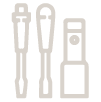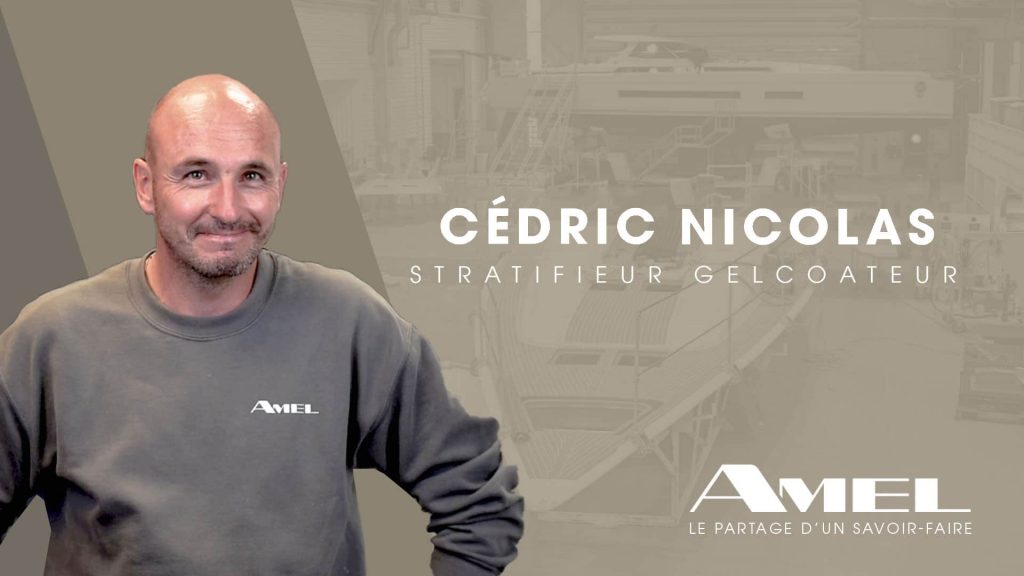PRODUCTION CARPENTER
It takes a lot of experience and mastery of your craft to be a carpenter at AMEL. Building the furniture is an important step in the construction of AMEL boats. Using high quality wood (oak or walnut, solid, veneered, shaped or in panels), the carpenter starts working on the boat’s primary structures before producing the magnificent features (kitchen, beds, wardrobes, etc.) that will enhance the boat’s interior.
- Matching and marking wood panels
- Gluing vacuum-formed panels
- Drawing plans
- Cutting solid wood or plywood
- Manufacturing parts and assembling components
- Finishing (edgebanding/sanding), fitting (hardware assembly, sanding and joint treatment)
















